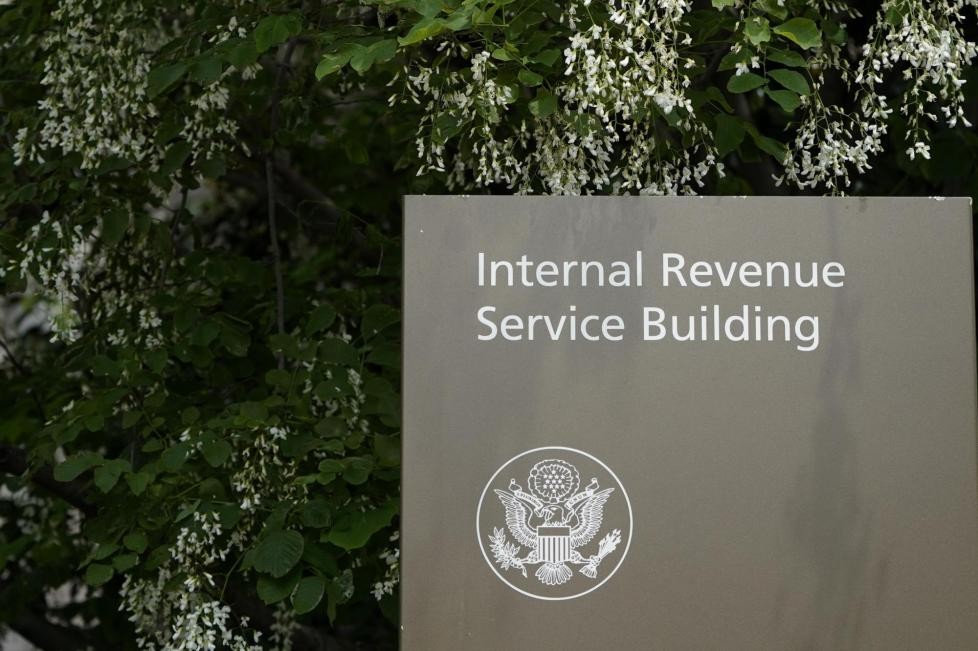
The Internal Revenue Service (IRS) is launching a new technology program after uncovering a staggering $21.1 billion in tax and financial fraud between 2022 and 2024. The initiative aims to modernize how the agency fights increasingly sophisticated financial crimes.
The new program, called Feedback in Response to Strategic Threat (CI-FIRST), will enhance collaboration between the IRS Criminal Investigation division and financial institutions. It focuses on streamlining subpoena processes and improving data sharing to combat crimes like fentanyl trafficking, drug trafficking, and human smuggling.
During the same two-year period, the agency seized $8.2 billion in assets linked to criminal activities and recovered $1.4 billion in restitution for crime victims. These results highlight the effectiveness of their investigative methods using Bank Secrecy Act data.
"Behind all of these metrics are real crimes with real victims," explained Lauren Kohr, IRS-CI's strategic engagement adviser. She emphasized that Bank Secrecy Act reports are powerful tools for tracing illicit money and dismantling criminal networks.
The agency's investigators conduct nearly one million searches annually against currency transaction reports (CTRs). These reports are mandatory for banks when handling cash transactions exceeding $10,000 in a single day. Data shows that 67% of IRS-CI cases involved CTRs below $40,000.
Some lawmakers are pushing for change. A group of House Republicans has proposed the Financial Reporting Threshold Modernization Act, which would raise reporting thresholds and adjust them for inflation. This proposal comes as the Government Accountability Office suggests reducing unused CTR filings by potentially raising reporting thresholds.
The IRS's enhanced technological capabilities and partnerships with financial institutions mark a new chapter in the agency's fight against financial crime, reflecting the evolving nature of criminal activities in the digital age.